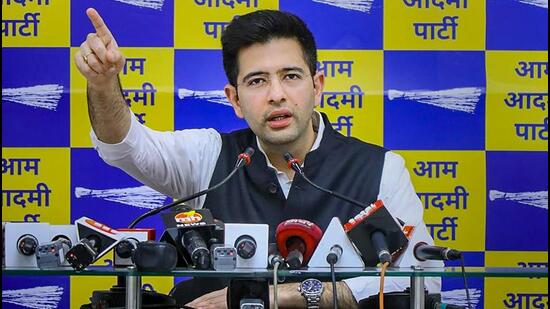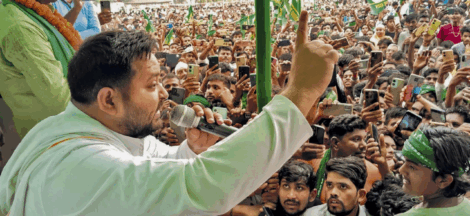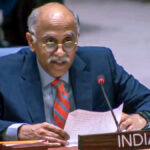Aam Aadmi Party faces mounting internal debate as Sanjeev Arora’s election from Ludhiana West leaves a vacant Rajya Sabha seat. Party supremo Arvind Kejriwal has dismissed persistent speculation about his own elevation to the Upper House, stating plainly, “Kejriwal nahin ja raha ”. Attention has thus shifted to former Delhi deputy chief minister Manish Sisodia, one camp’s strong contender, while another faction advocates for a Punjab-based nominee to reinforce regional roots.
The debate reflects strategic divisions. Proponents of Sisodia underline his organisational authority and proven capability in steering key Delhi portfolios—finance, education, labour, and more—calling his nomination “the more obvious choice”. His supporters argue that nominating a veteran leader sends a message of stability and upholds AAP’s national visibility after electoral setbacks in Delhi.
Opponents within the party emphasise grassroots perceptions, cautioning against the optics of Delhi-based leadership overshadowing Punjab. A section insists the vacancy should be filled by a local leader—someone embedded in Punjab’s electorate—to resonate with 2027 state election dynamics. Delhi’s influence over Punjab, they argue, has already become a nagging point for opposition criticism.
Political context adds pressure. The AAP’s unexpected Ludhiana West bypoll success delivers a morale boost, particularly following a string of wins in other constituencies. Yet, critics claim the move was engineered to free up a Rajya Sabha berth for Arvind Kejriwal. Congress leader Bharat Bhushan Ashu accused the party of bypassing seasoned local MLAs in favour of outsiders to manipulate parliamentary positioning. BJP’s Manoranjan Kalia echoed the charge, alleging AAP deliberately prioritised strategic placements over governance, and questioned Arora’s suitability given alleged misuse of industrial land.
Inside sources confirm that the Political Affairs Committee will finalise the nominee within days. The intensifying contest underscores AAP’s broader identity challenge. Following AAP’s collapse in the Delhi Assembly elections and municipal polls—where it secured just 22 of 70 seats—the urge to reclaim political momentum is acute. The party currently holds 11 seats in the Rajya Sabha, and selection for this vacancy could signal its next tactical phase.
Manish Sisodia’s suitability is bolstered by his administrative track record, notably as finance minister in Delhi, where budgets doubled and outcome-indexed accountability was introduced. Critics, however, draw attention to his legal entanglements under the Anti-Corruption Branch over classroom construction irregularities —an issue the party must still navigate if he is selected.
Kept out of the speculation for now, Arvind Kejriwal remains focused on Punjab campaigning, declaring the by-poll outcome a “semi-final for 2027”. He campaigned intensively alongside Arora, aiming to anchor AAP’s emerging pivot towards Punjab amid declining Delhi influence.
The unfolding decision holds significant implications. Electing Sisodia would reinforce the AAP’s central leadership credibility, albeit risking backlash for sidelining state stakeholders. Choosing a Punjab-based leader, by contrast, would emphasise localism and signal tactical sensitivity to regional sentiments. As the PAC convenes, the eventual pick will serve as a litmus test for AAP’s evolving balance between Delhi-grounded governance and Punjab-forward electoral strategy.




 India Rebukes Pakistan’s ‘Nefarious’ UN Agenda
India Rebukes Pakistan’s ‘Nefarious’ UN Agenda 